My Debut Album, “Consolidation,” is Available Now!!!
"Consolidation," my debut album, is a quilting together of compositions, poetry and philosophy from early adulthood. I consolidated this material into sheet music (through-composing about 90% of the final arrangements) and lyrics that speak to a sort of movement from a search for certainty towards handling the inevitable ambiguity of the human condition. Since it's a sort of collection, the genres and instrumentation are eclectic. There are classical and jazz influences (especially in the emphasis on contrapuntal parts) and there are also rock/metal, country, electronica, funk and rap sections... "Alternative" seems to be a good umbrella label for the project. Since the instrumentation is so varied, I never could have completed this endeavor without the cooperation of many talented collaborators. Over 30 local Asheville musicians contributed performances on piano, drum set, guitar, bass, trumpet, trombone, violin, flute, marimba, synthesizer, beat/ambient production and more! These recordings were all accomplished in Irvin Music Studio (or in the field), as was the entire mixing process (with invaluable assistance from a skillful mastering engineer for some final polish). Lots of fun— and meticulous/arduous— analog methods were used to sculpt the sounds with gear from Moog, Warm Audio and other quality brands. This album is a culmination of technical expertise, community and creativity that marks a major milestone in my life. I'm thankful that it's done and maybe you'll enjoy it!
More Links Below ⬇️
Album Art






















Release Party!!!

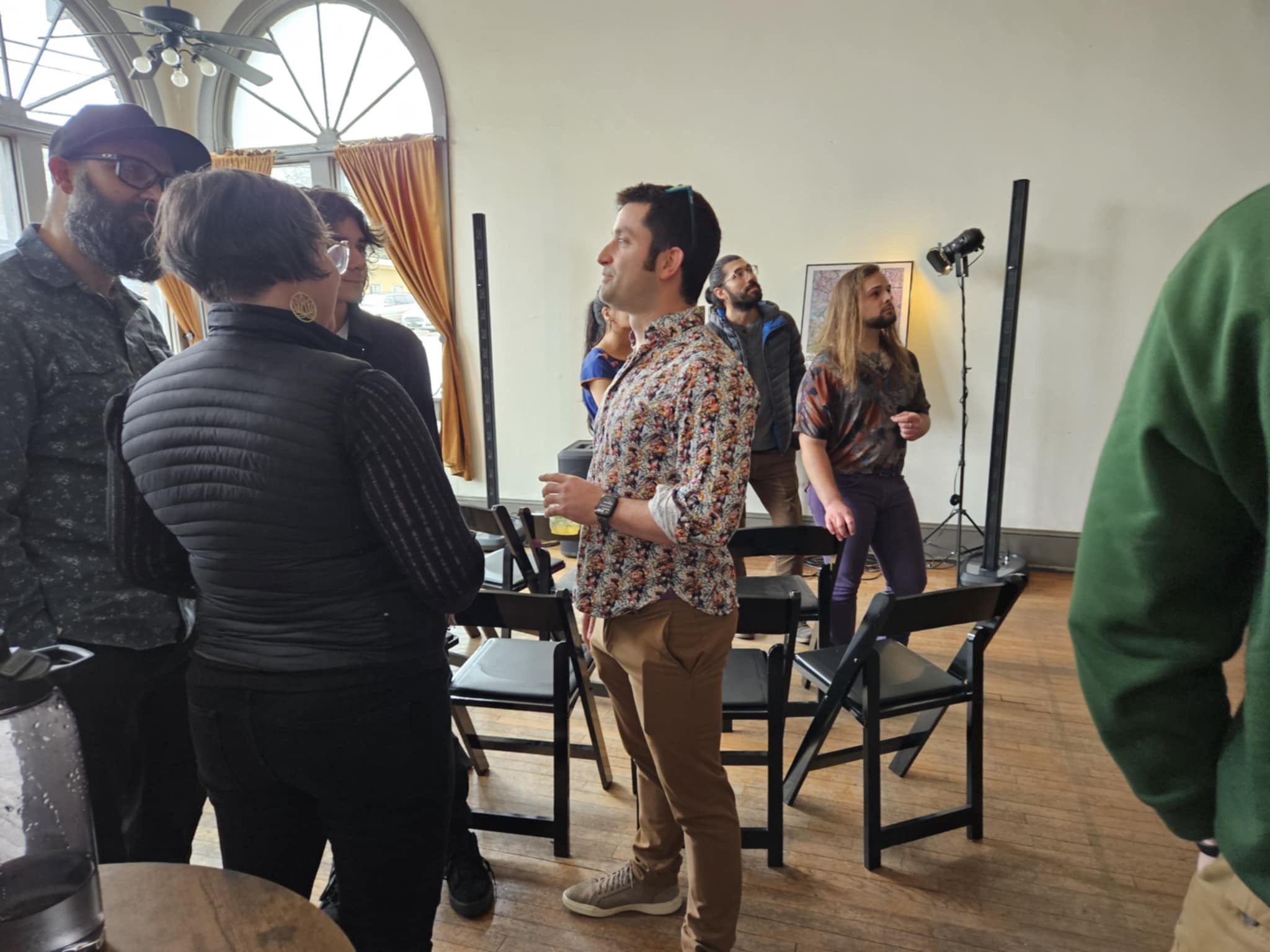
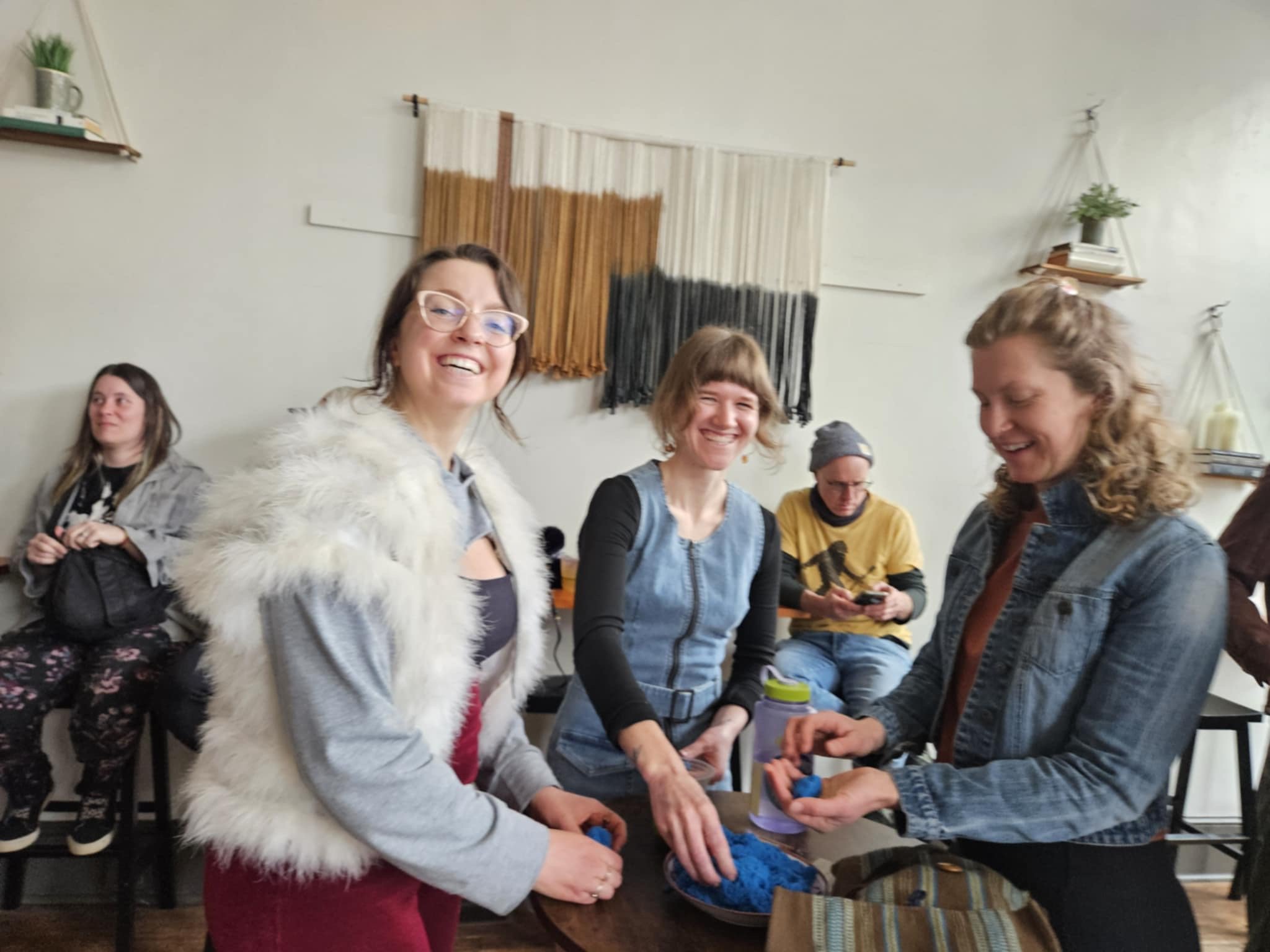
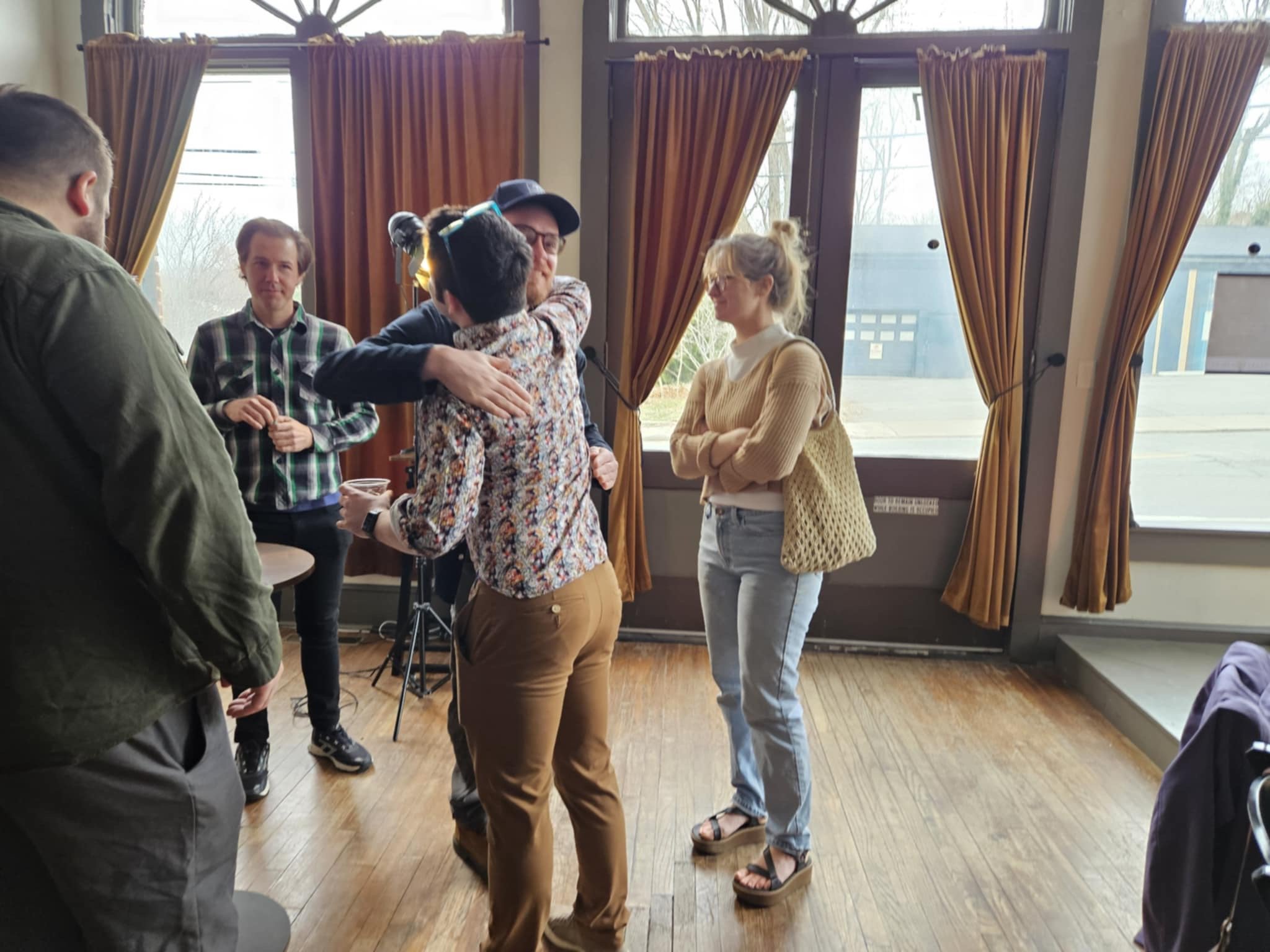
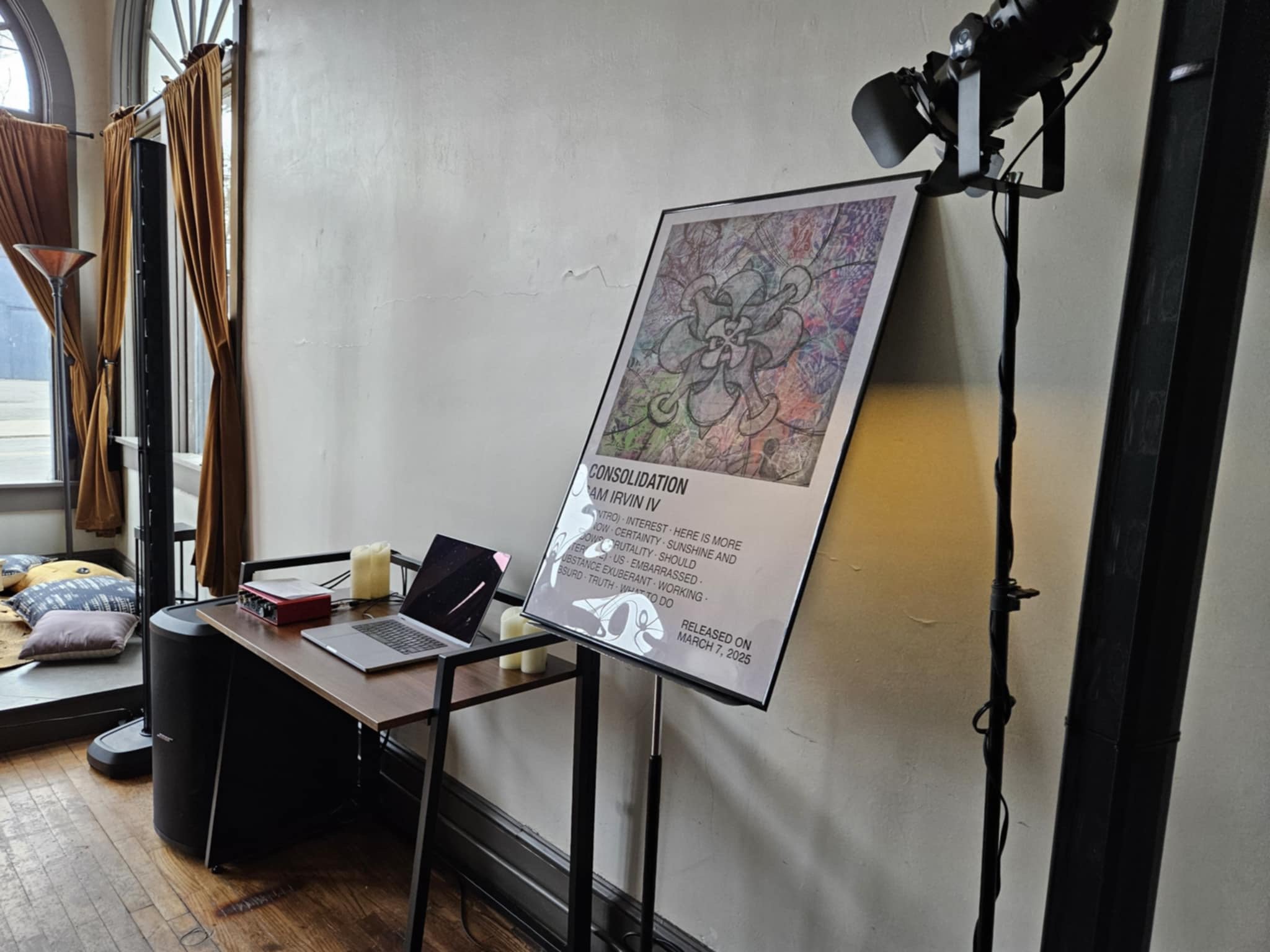


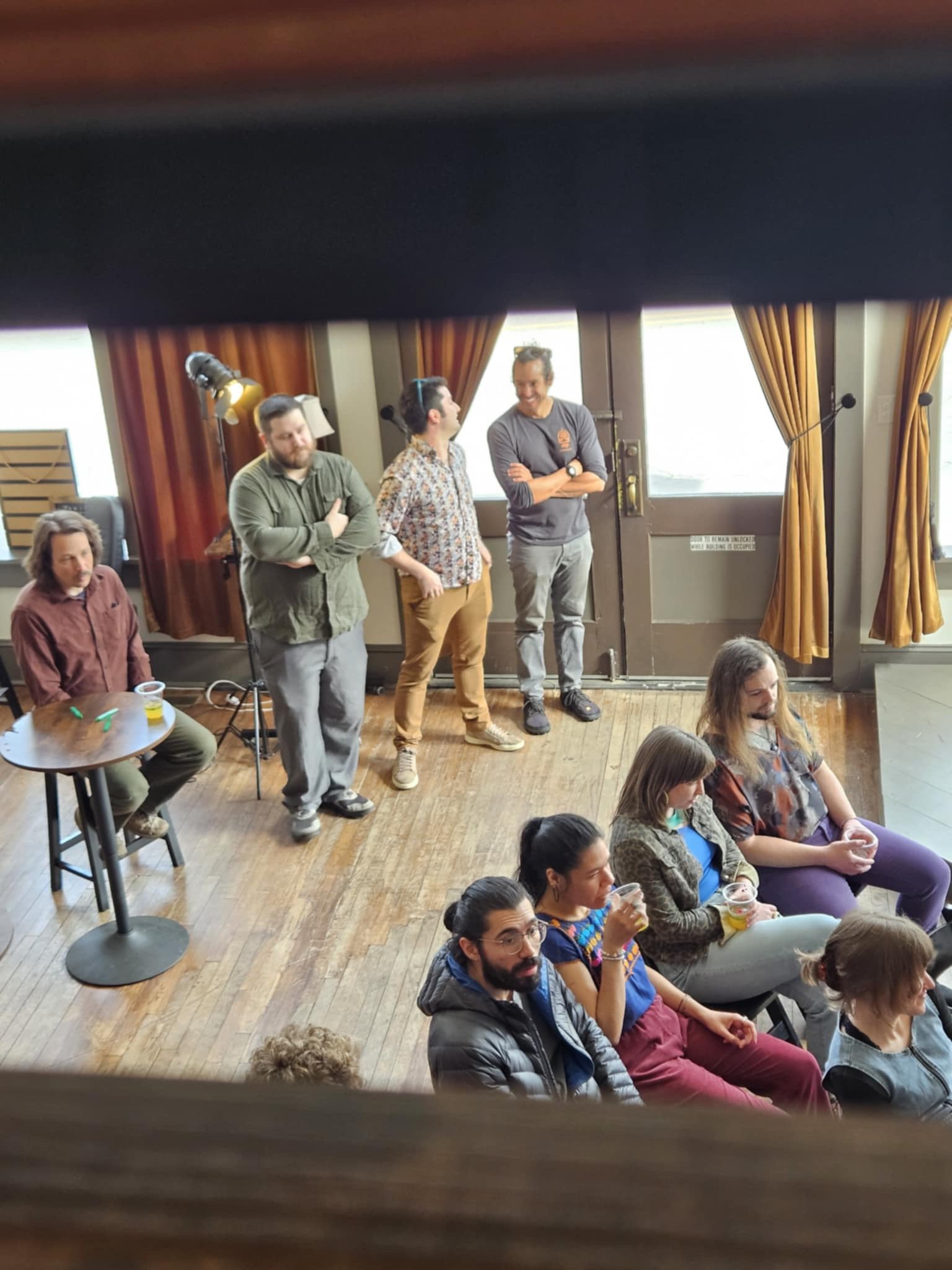
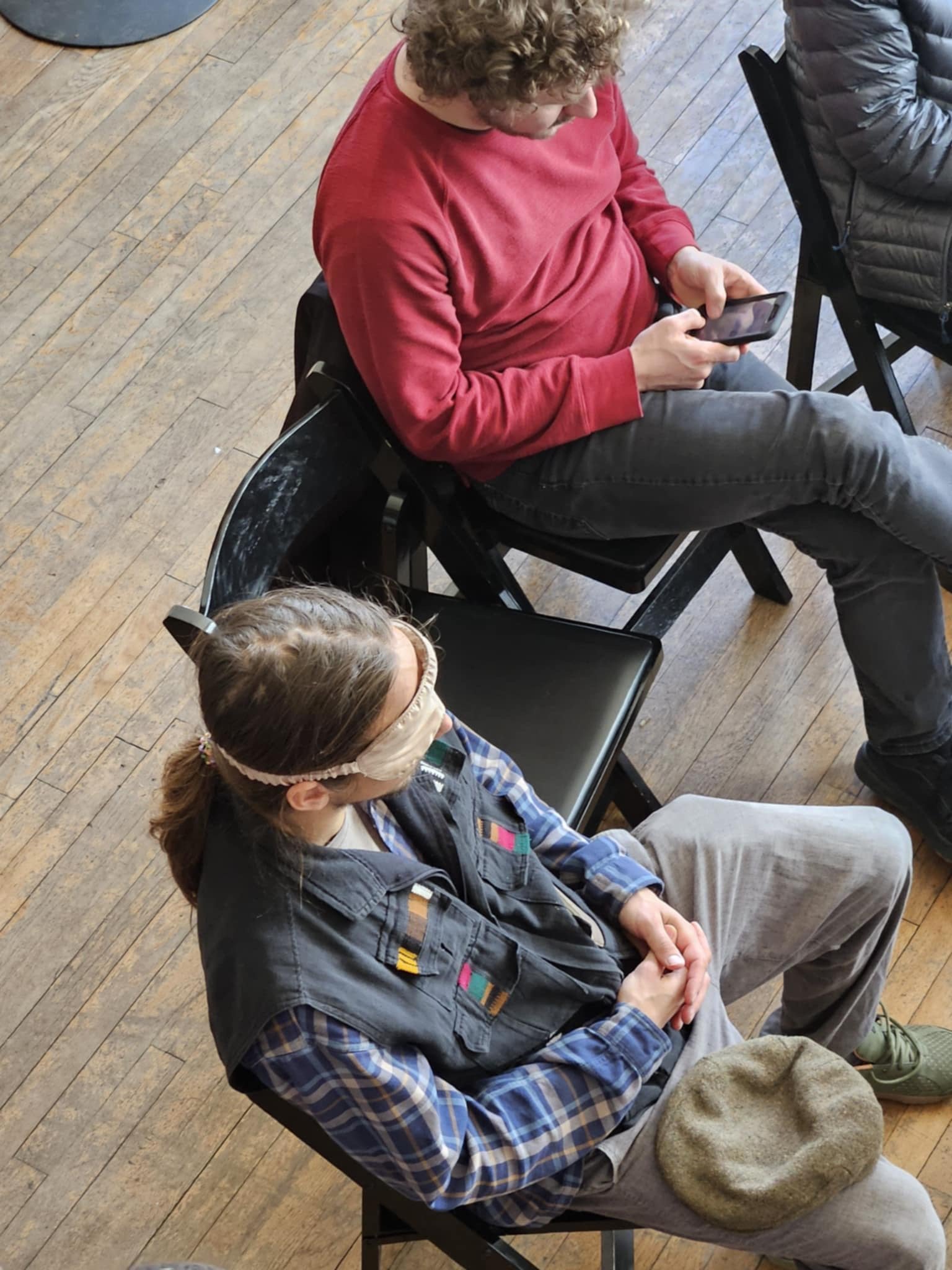
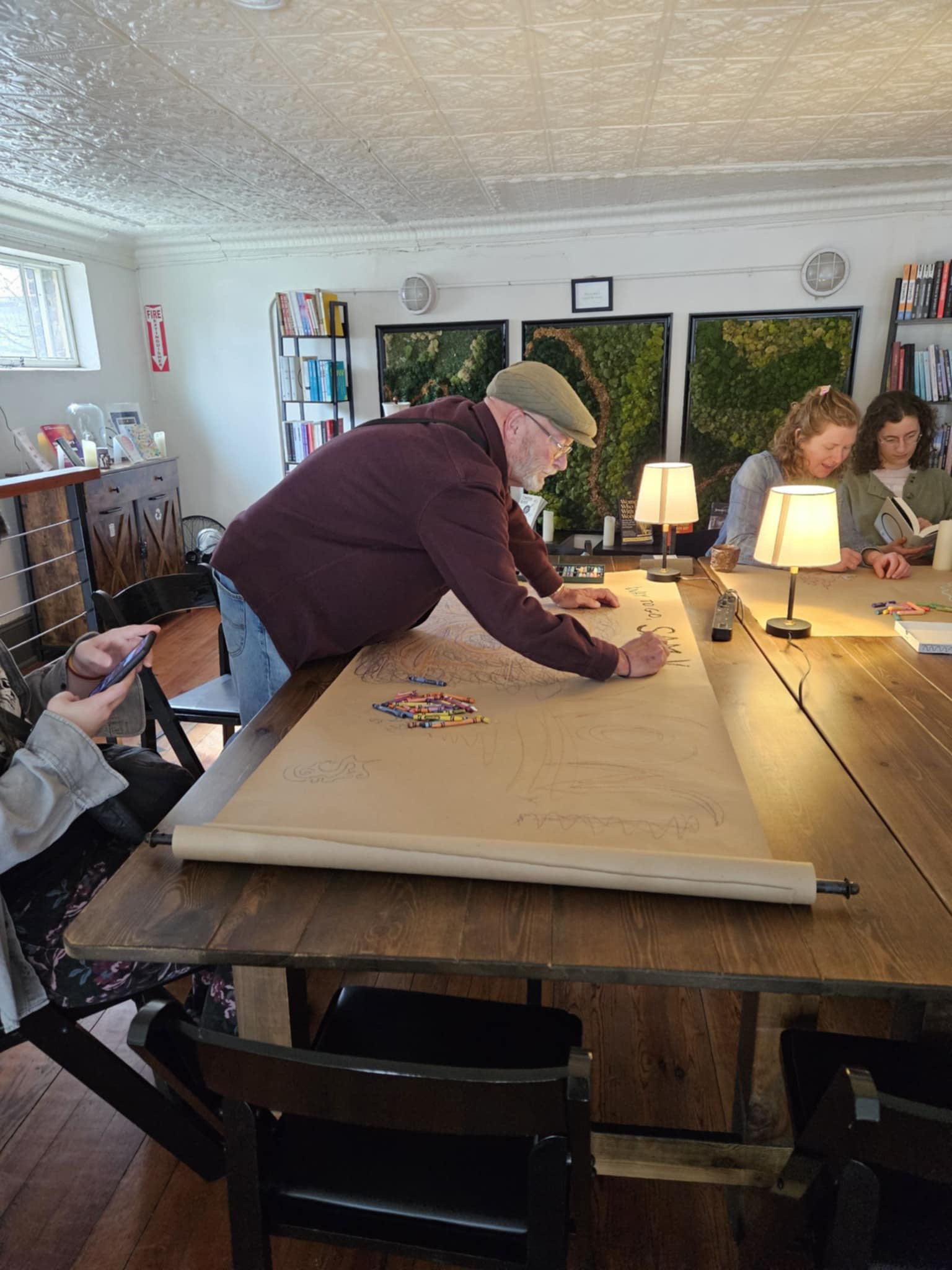
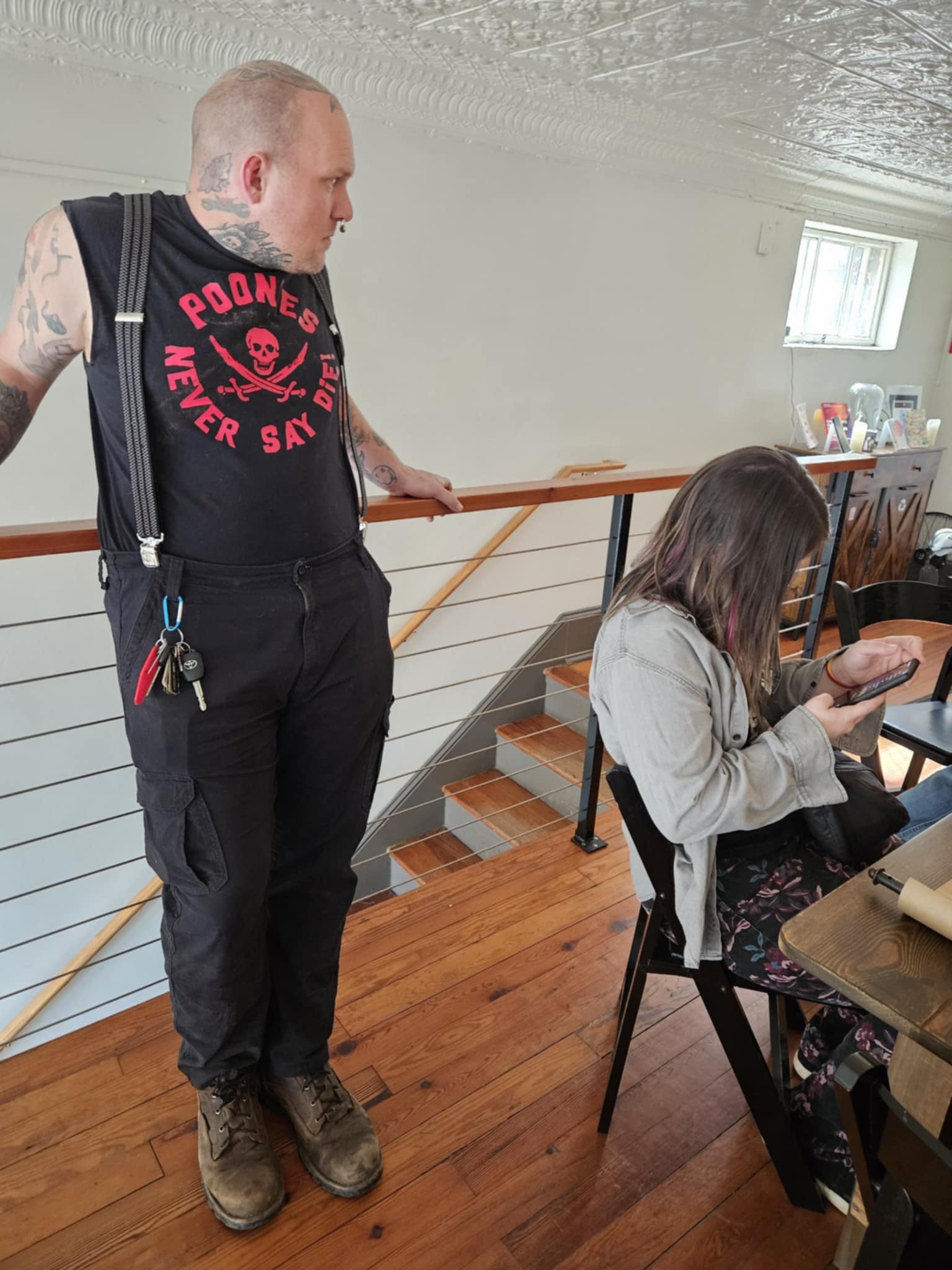
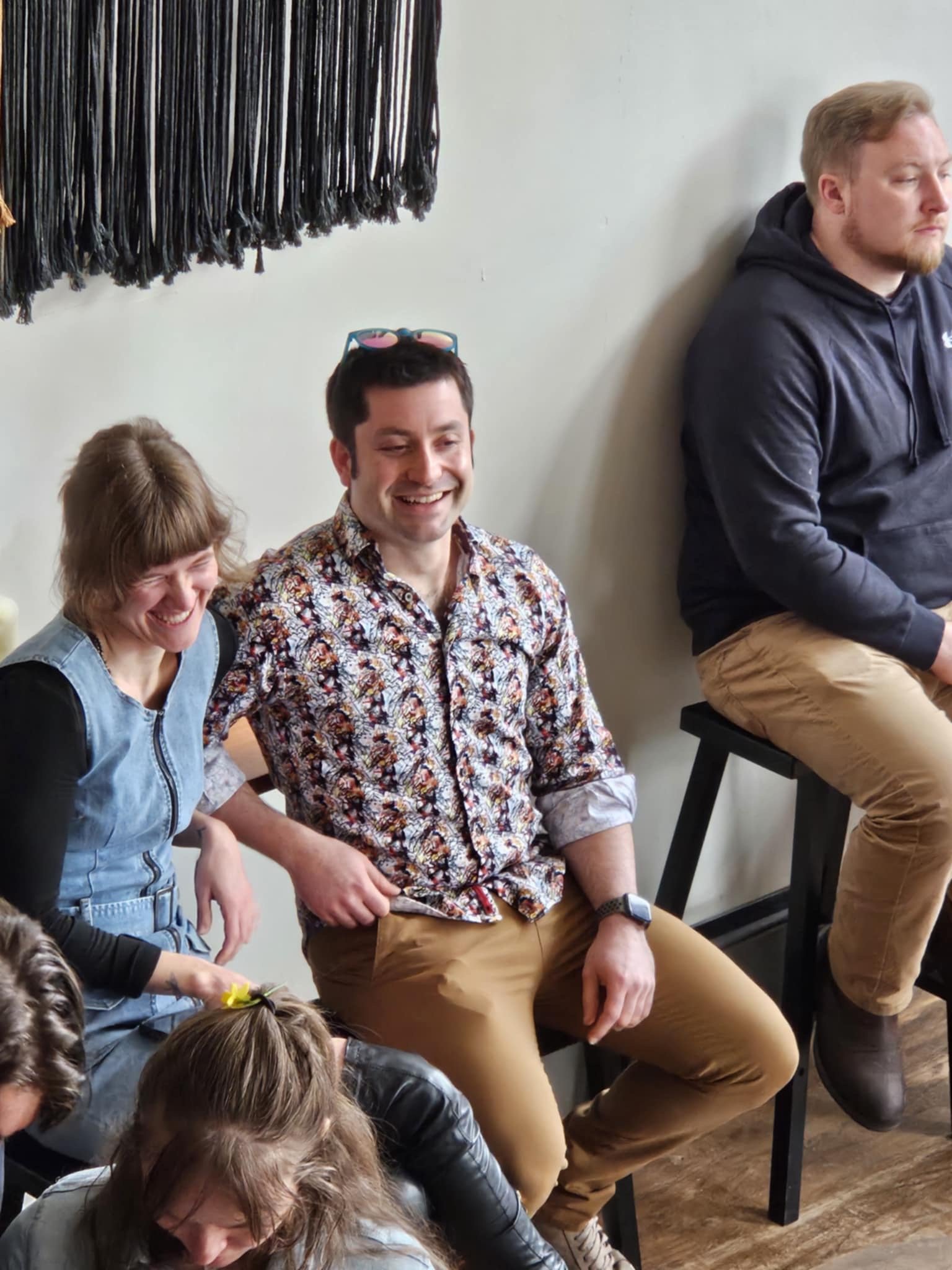

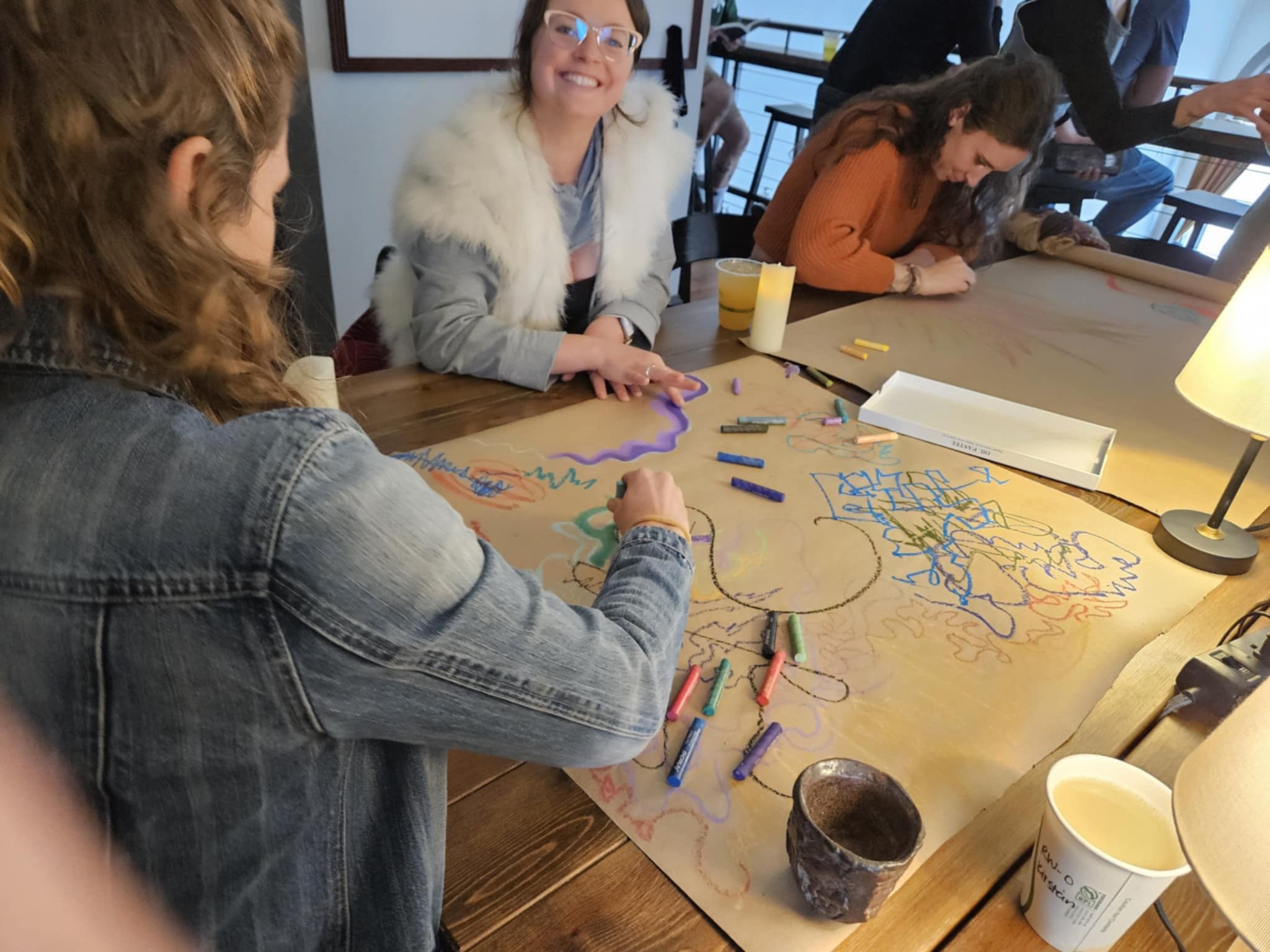
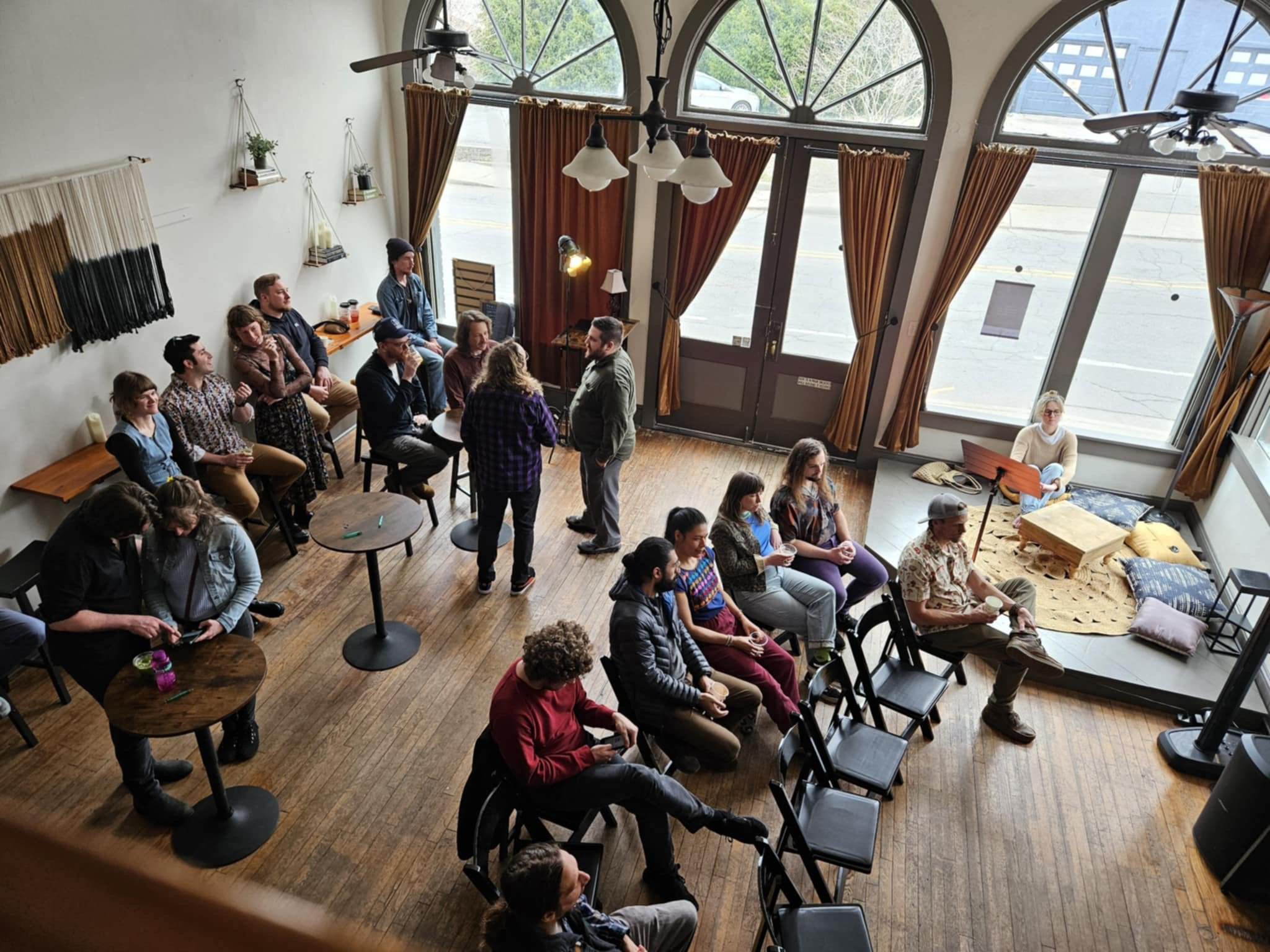


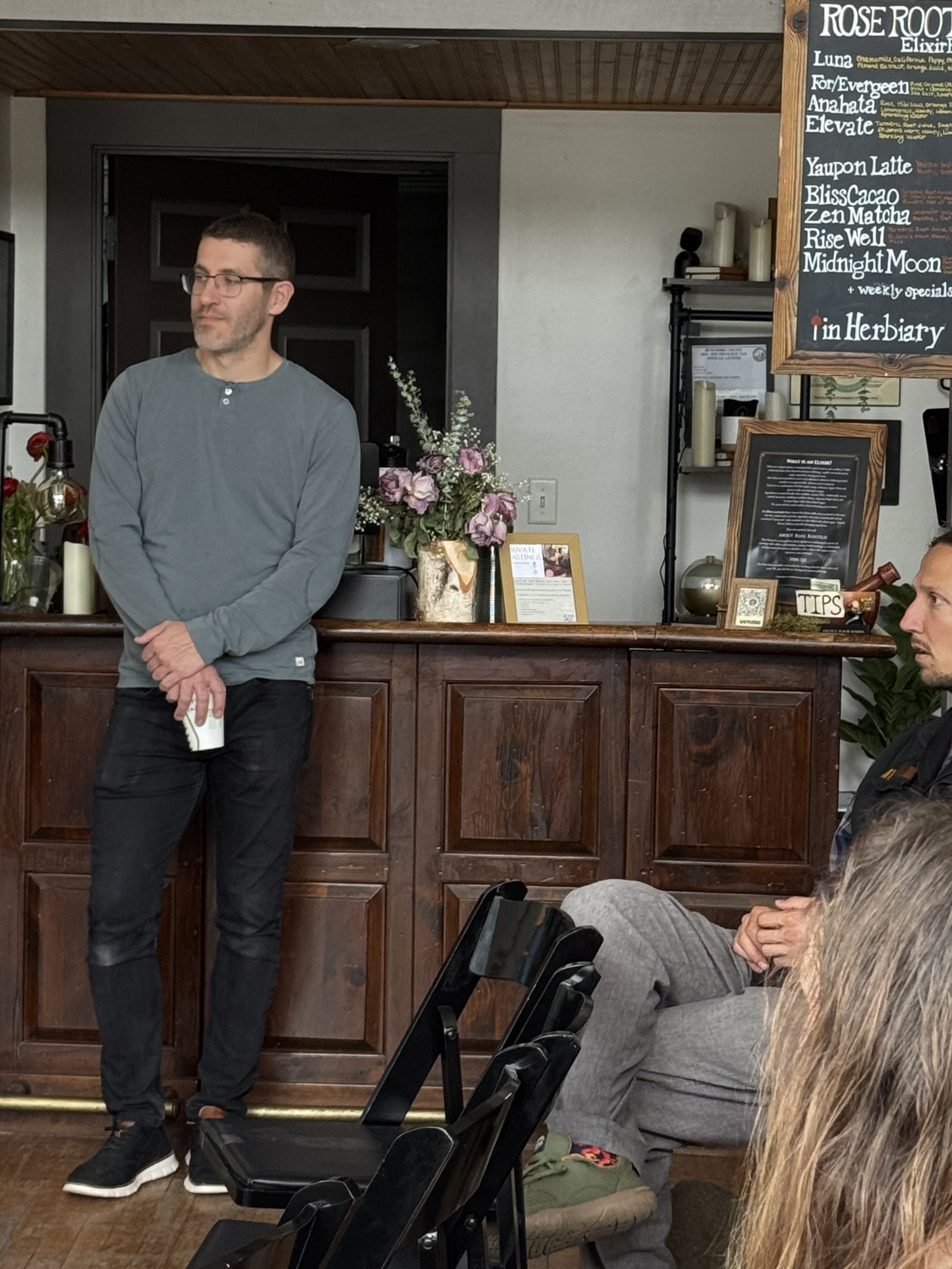

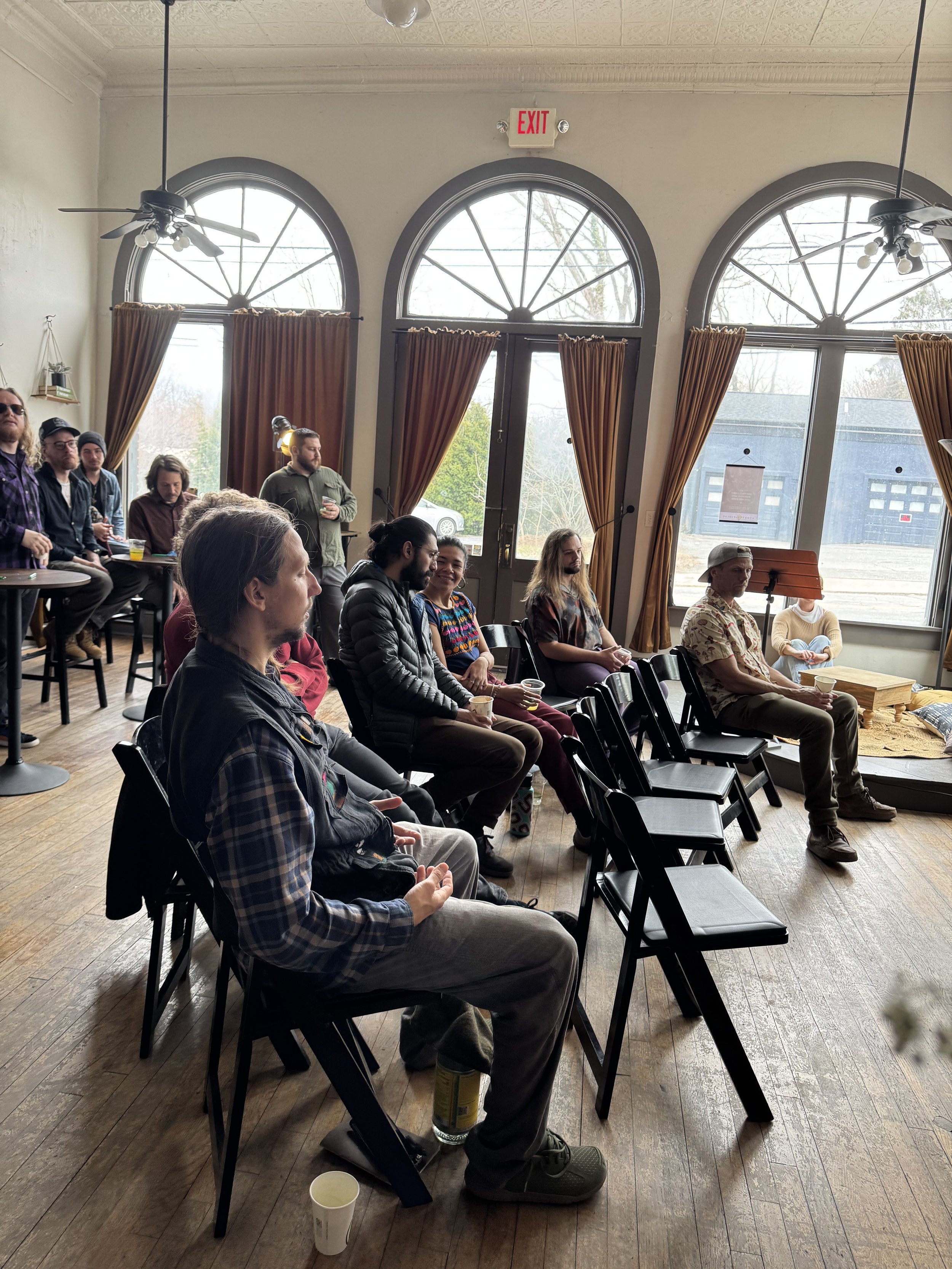
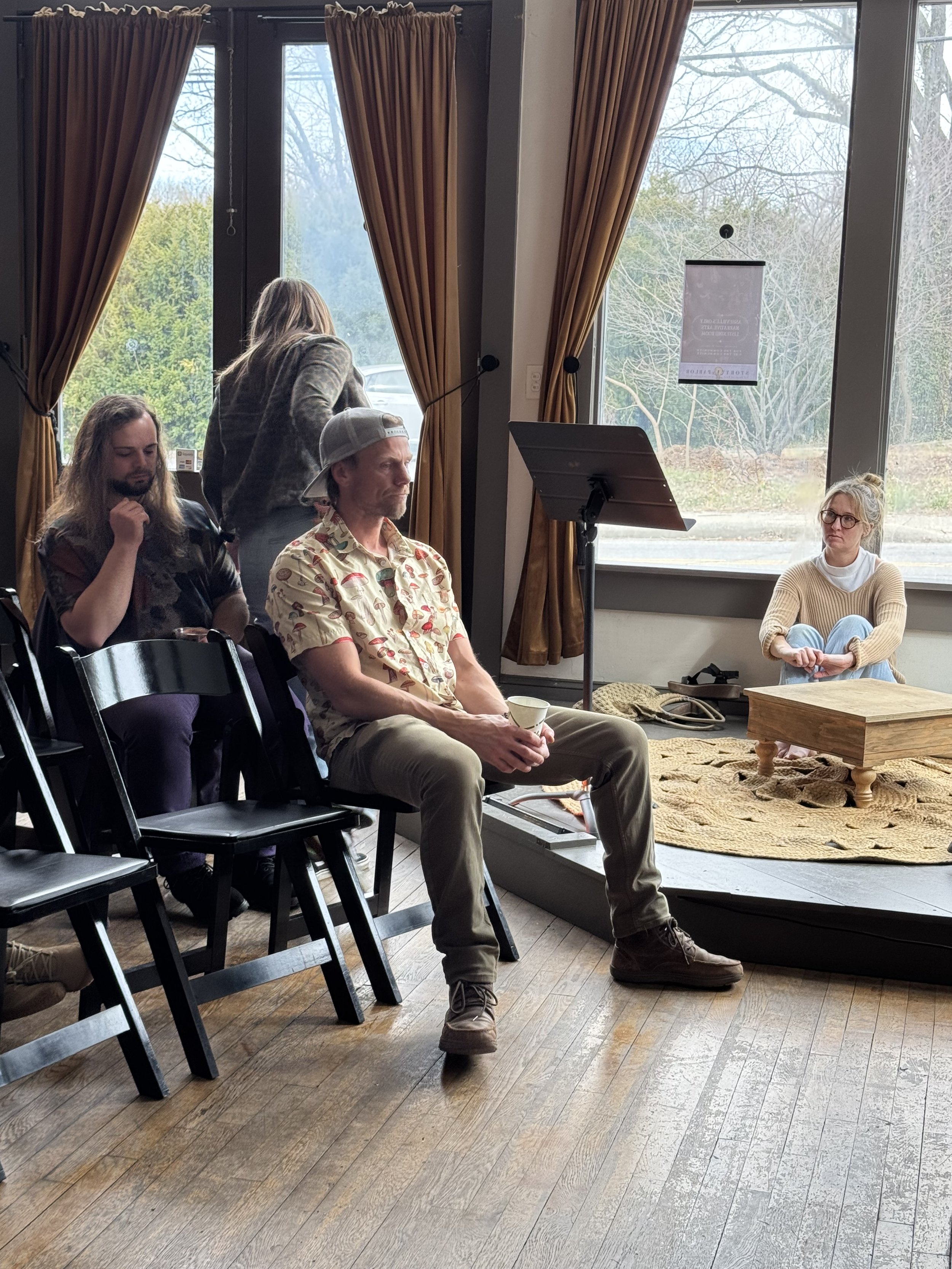

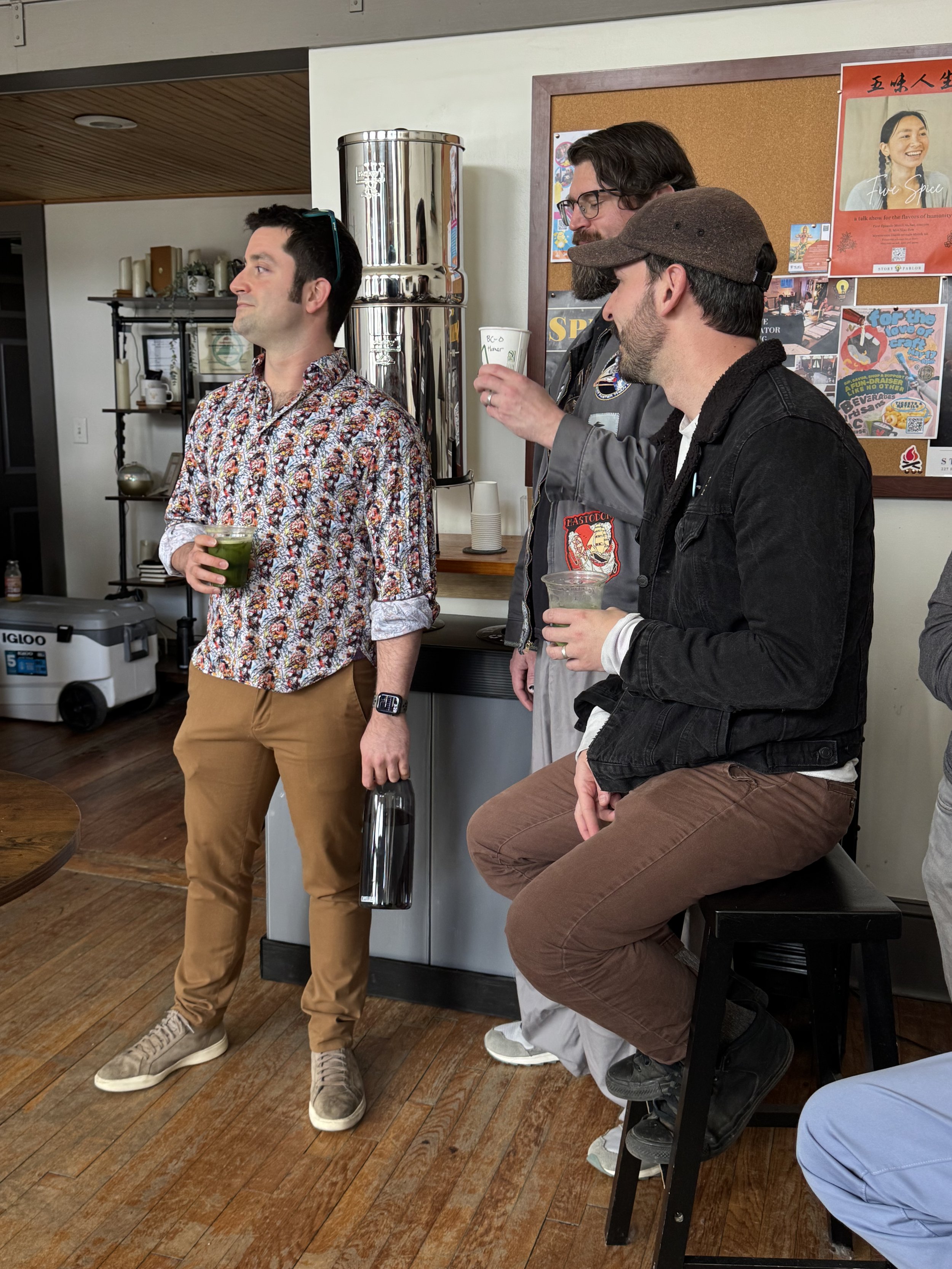
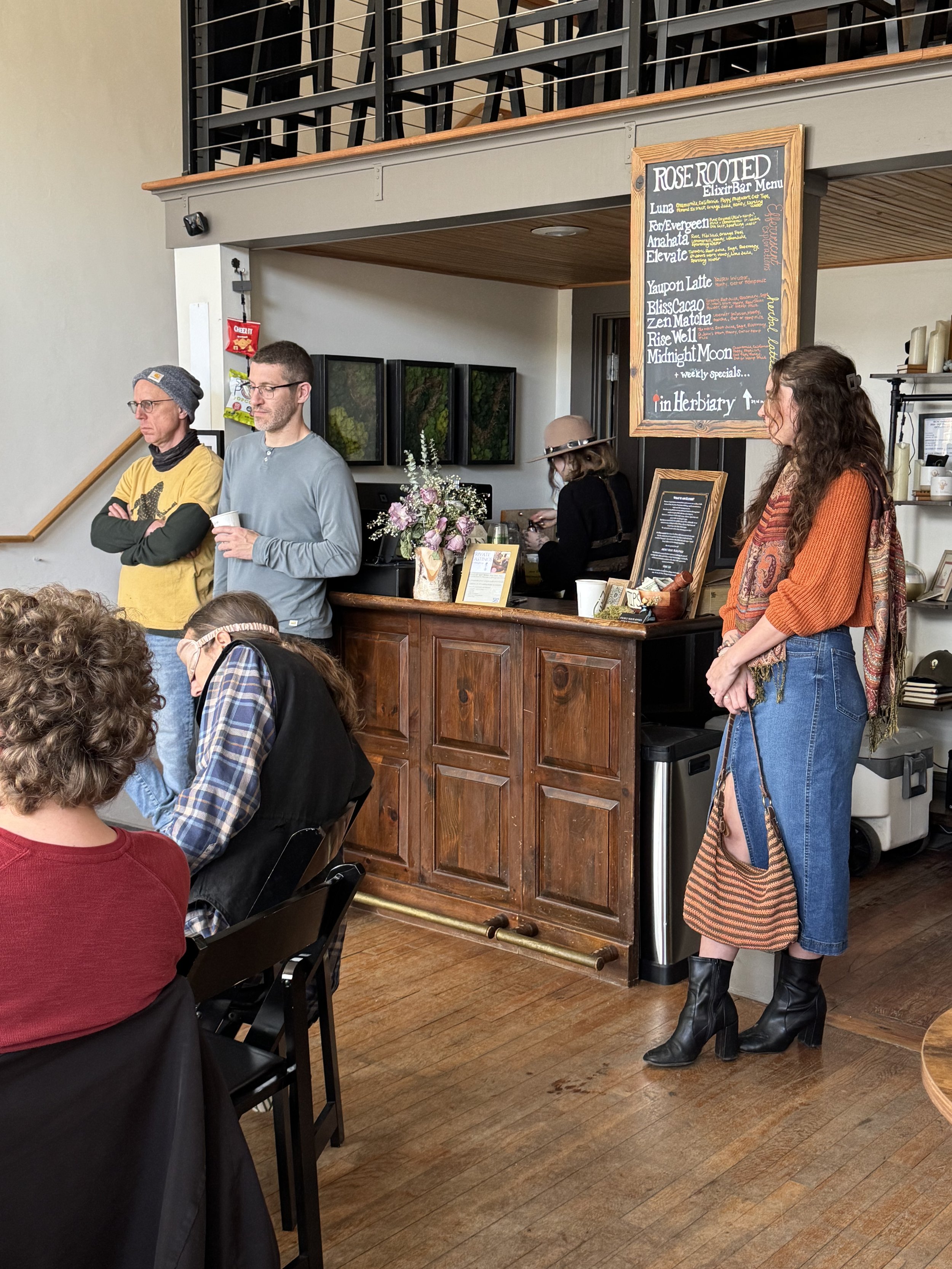
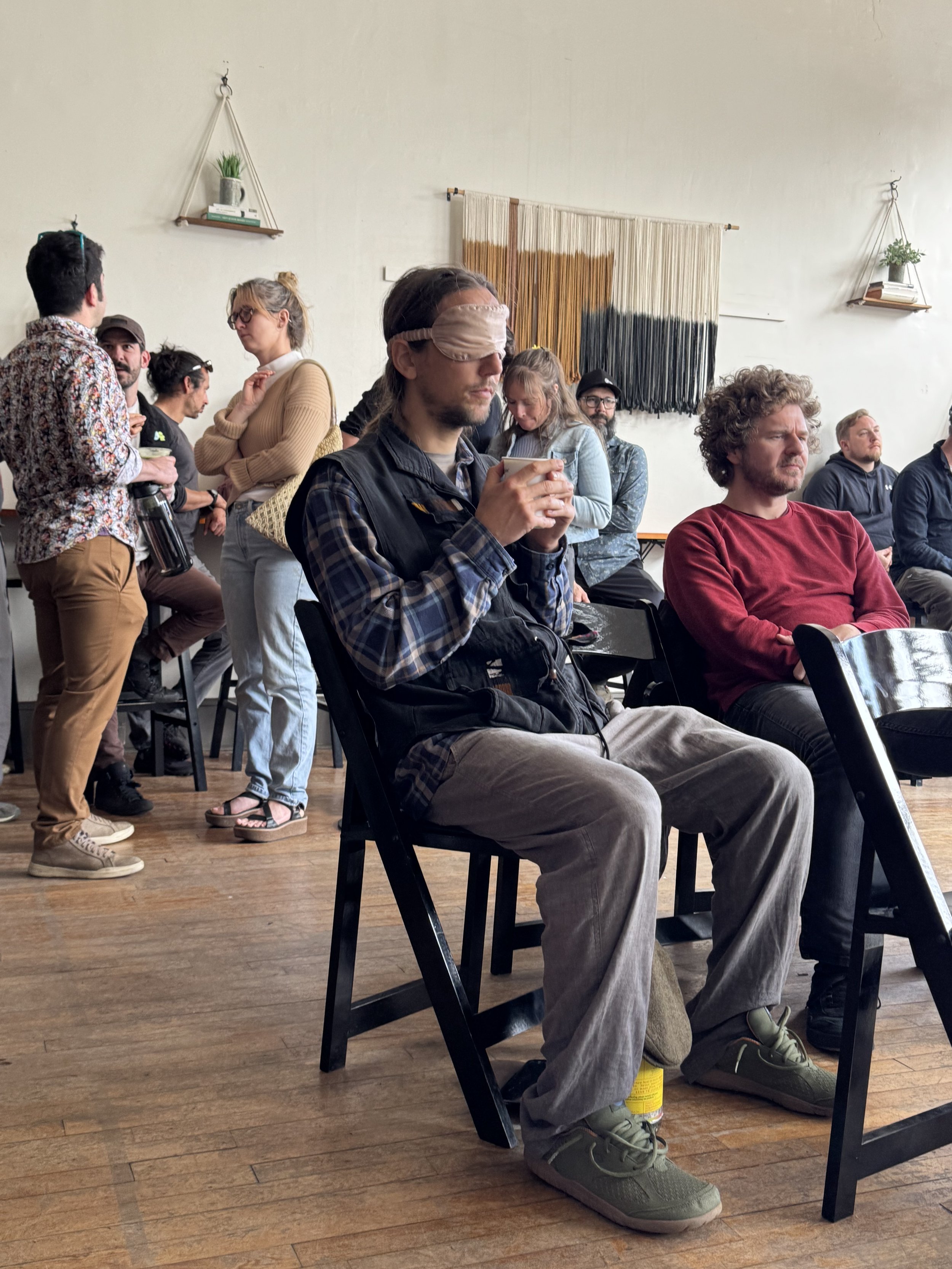
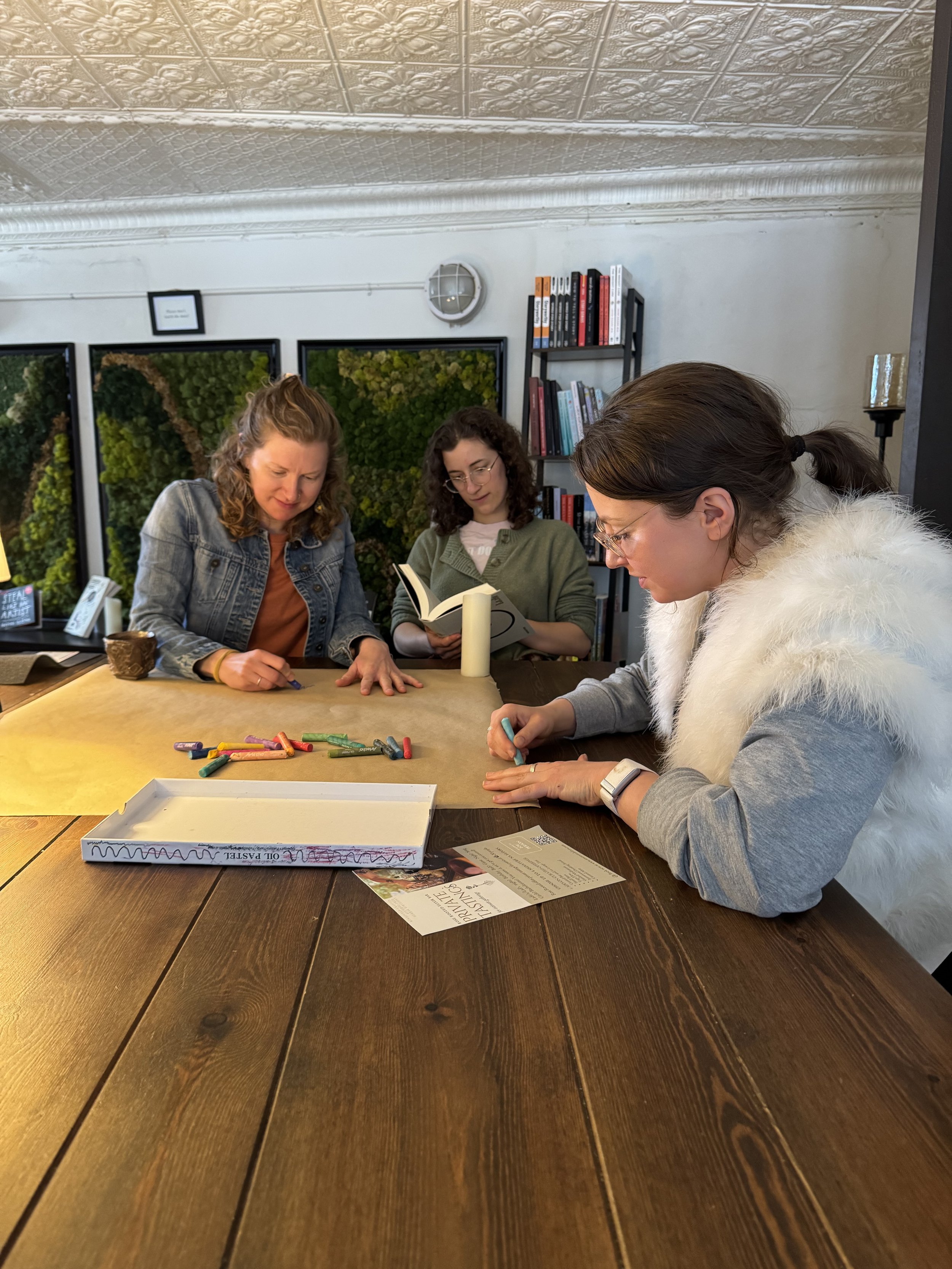
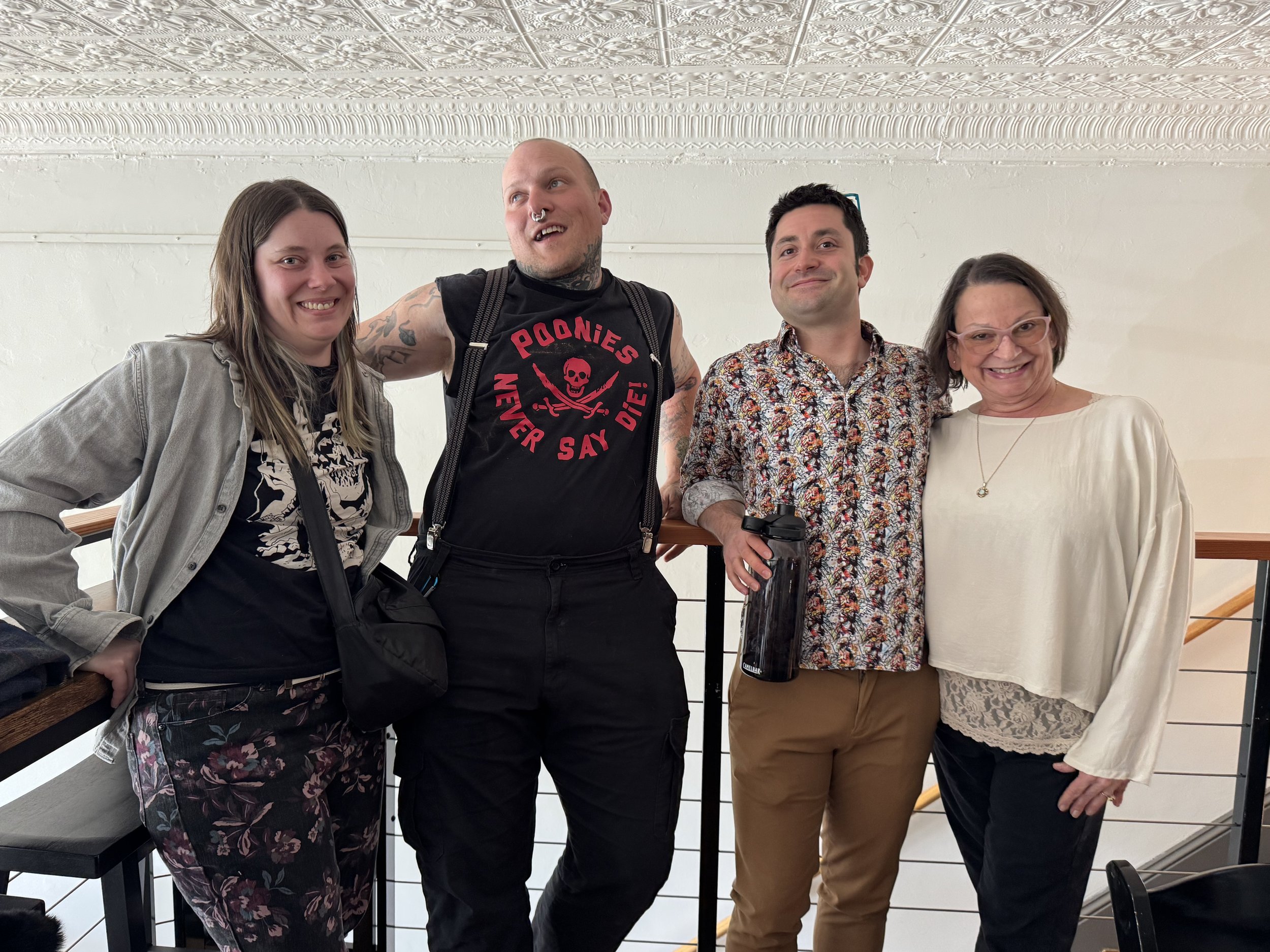
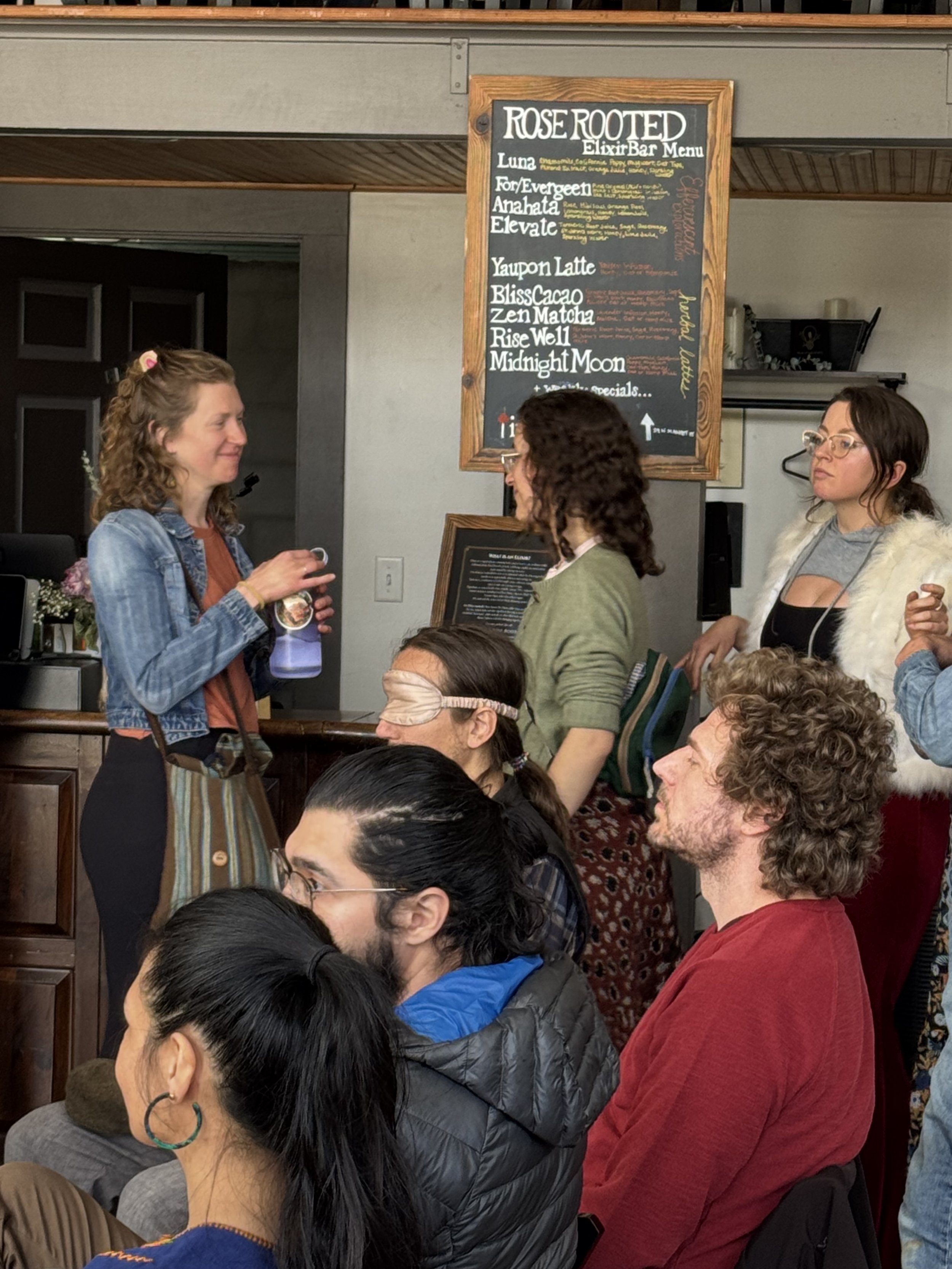
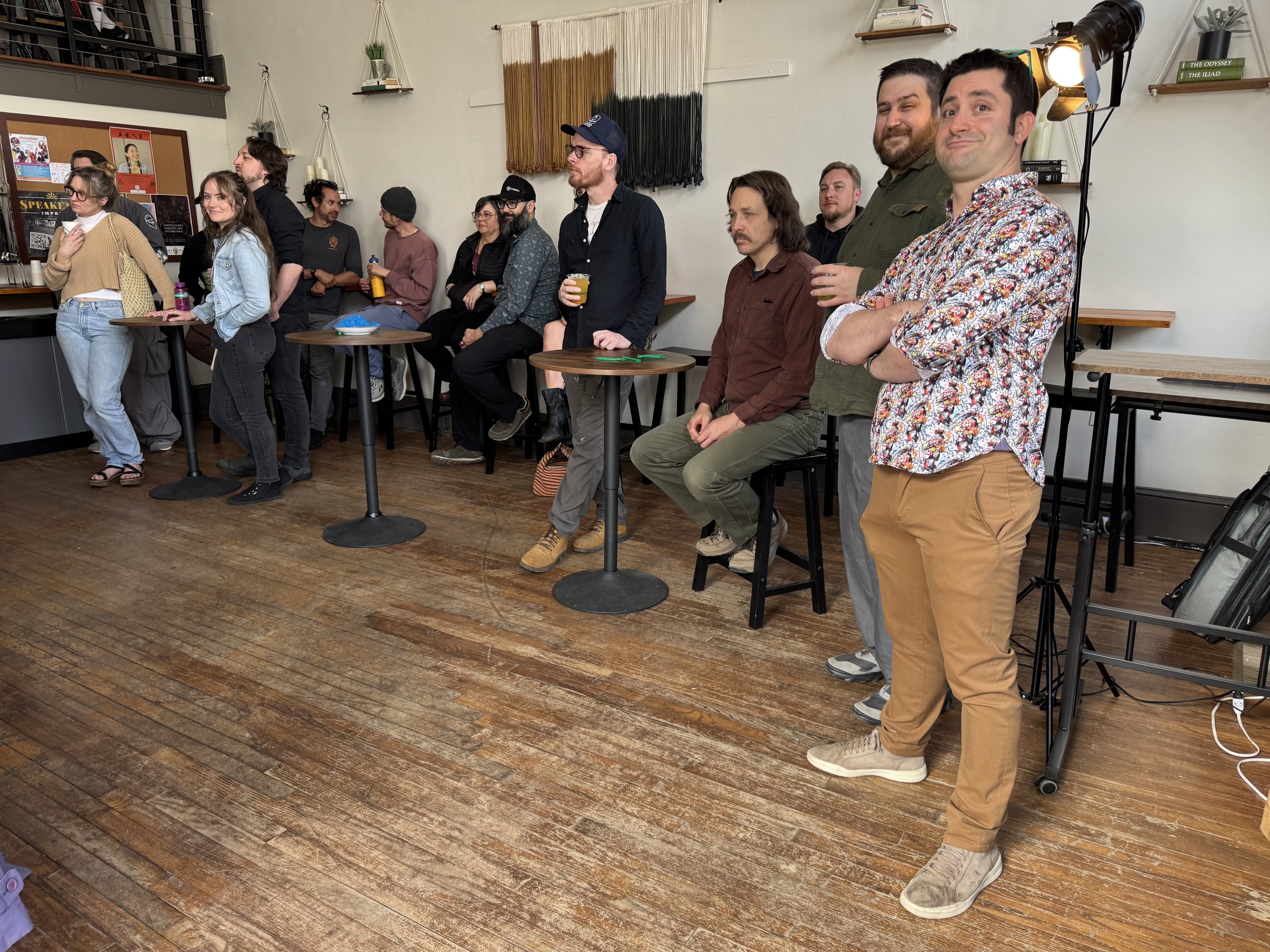


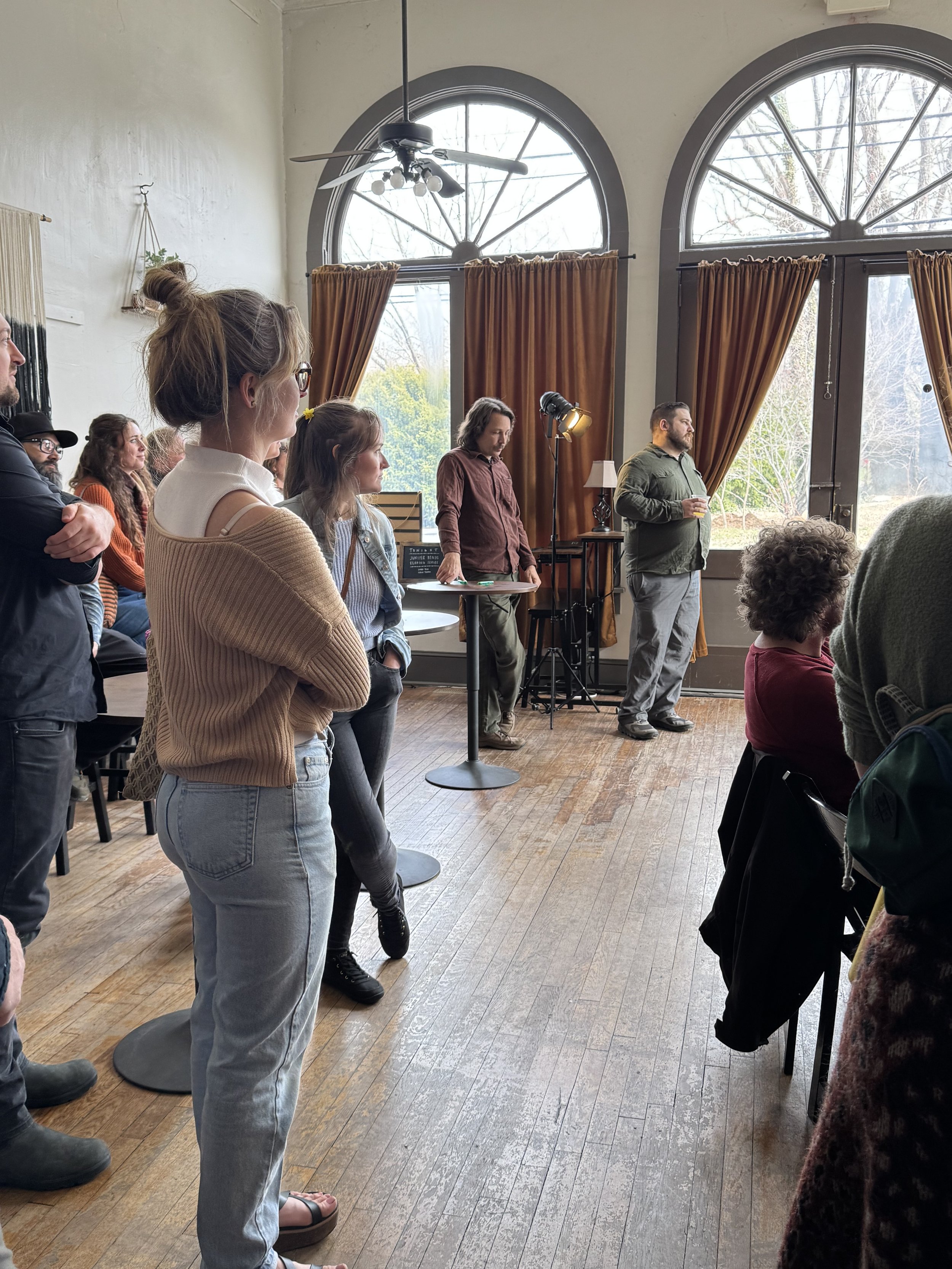
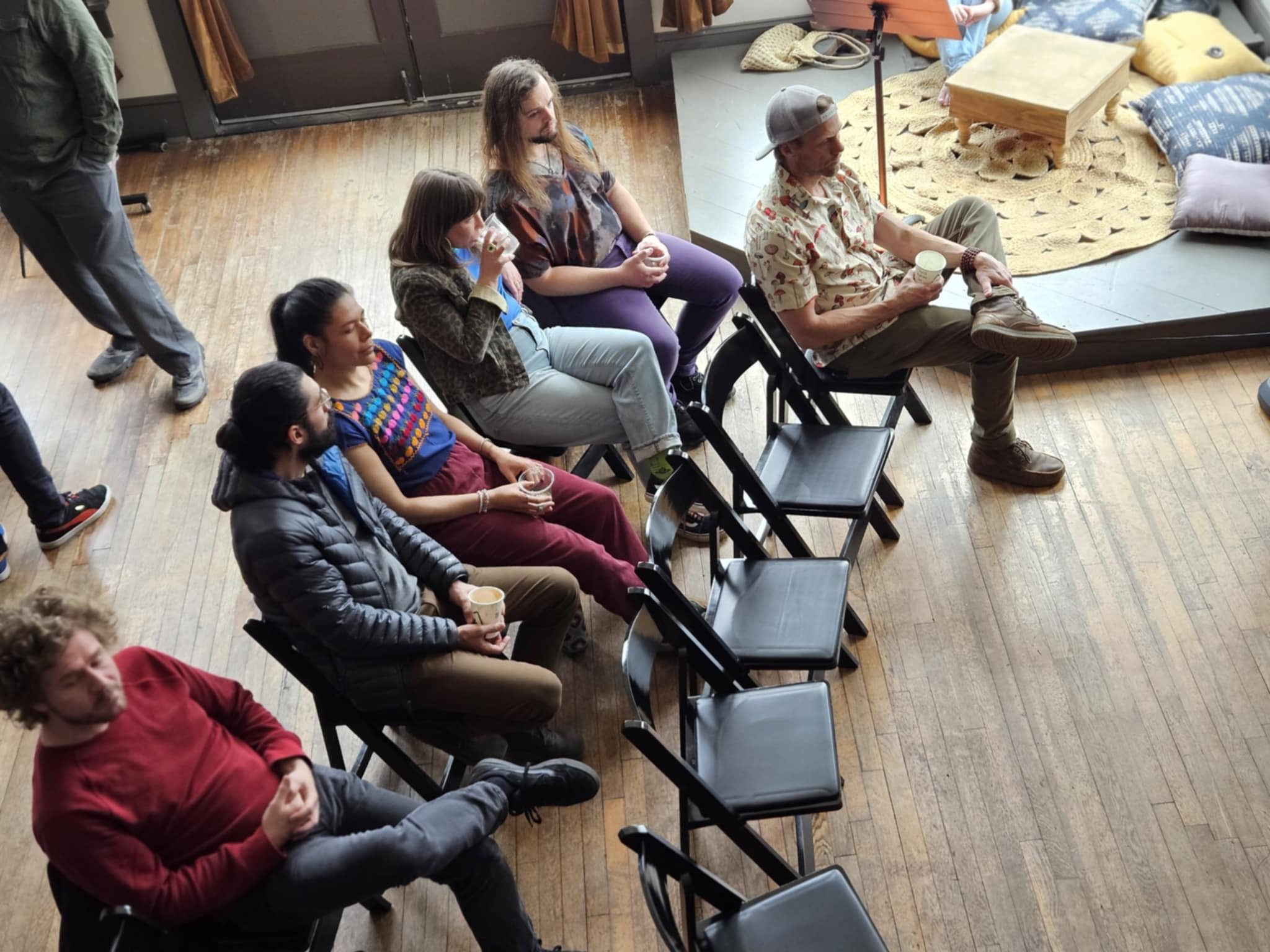

More links:
Credits:
Toby Schuetze: trumpet (#2)
William Madamba: trumpet (#2)
Grey Murray: trombone (#2, #4 & #6)
Kate Bryant: violin (#2-5)
Zack Downes: drums (#2, #11, #12)
Ben New: drums (#3, #10)
Edwin Mericle: drums (#5)
Homer Jenkins: drums (#4)
Phil Treutel: drums (#6)
Hanako Hjersman: violin (#6-12)
Kevin Murtha: drums (#7)
Ben Survant: marimba (#12)
James Kylen: drums (#9)
Chuck Lichtenberger: piano (#3, #10)
Delia Lytle Bailey: flute (#3-5)
Nicole Lopez: piano (#4, #10)
Andy Jurik: guitar (#14)
Juan Pablo Mendez: bass support (#8)
Connor Law: double bass & electric bass (#4, #5, #14)
Matt Blanks: piano (#2, #5-6, #12)
Elena Saladukha: piano (#8)
Chris Tullar: keys & player piano (#8, #11-12)
Joe Enright: drums (#4, #9, #13, #14)
Savannah Hatfield: backing vox
Kris Cronon: backing vox
Chris Chamberlin: beats (#10)
Patrick O’Neil: cello (#3)
Andrew Thelston: guitar (#14)
Paul Gaeta: ambient contributions (#1 & #14)
Michael O'Shea: mastering engineer
Notes:
Will: This intro track was the only thing on the album that wasn’t precomposed/through-composed. Paul Gaeta (AKA Otorongo) lended his expertise in the ambient genre and his native flute, chapaka and light touch on the bass drone (I would’ve really overdone it) make the piece what it is. I added some noise modulated through a minifooger tremolo pedal that sounds like eerie laughter. I also recorded some far away trumpet and voice (both put through the Earthquaker Avalanche Run pedal) to elicit that feeling of something big approaching. I knew I wanted the album to operate as a loop to parallel the cyclical nature of the philosophical lyrics and so this track was actually produced in the same ProTools project file as the final track, “What to Do.” We fade from the rock into the ambient, dreamlike, and we gently modulate to a key that’s friendly for the native flute. Then, we modulate back to the E minor from whence we came which creates a nice shape and leads nicely into the first chord of the next tune.
Interest: The lyrics are about how one naturally gravitates to what interests them and how slippery that attraction can be. It's about how the hip passes into doldrum, how everything can potentially be interesting and how the nature of stimulation includes the necessity of variation. As far as the music goes, the form of this piece is particularly neat. When the verse comes back after the 3-part brass/violin harmony (I'm proud of that too), the key change is backwards. Verse one, we go from an A dorian feel to a G dominant thing and then in verse two, we start with the G dominant thing and return to the A dorian feel. Verse 3 is more of a transition into the bridge, we quickly skirt through the G dom, A dor, intro chords and into the harmony of the 3-part fanfare from earlier. This turnaround is supposed to mirror the concept of shifting interest being expressed in the lyrics.
Here Is More Than Now: The lyrics paint a fatalistic picture of the present and future. Everything we do is predetermined, including the development of our tastes. This way, the endless possibilities of what could be interesting, as sung about in the last song, are somewhat narrowed. This is the only tune on the album that mentions the album title, "consolidation," here in regards to building the habit of identifying ourselves through our influences. These various cultivated dispositions limit us. The clockwork complexity of syllogistic cause and effect is represented by sophisticated interlocking rhythms. Ben New, the drummer on this, was a champion as we struggled through recording the precise parts. Notice the rhythms in the chorus: the flute, violin and bass voices have an interesting relationship in which they all sound on beat one and then play another note on beats 2, 3 and 4 respectively. The density of this track is challenging and placing this most through-composed, over-the-top prog experiment early on in the album asks a lot of the listener. When things break down into a sort of honky-tonk bit (with fun extensions in the piano), it's supposed to be a bit of a wink that signals irony as the lyrics insist there are no contradictions.
Certainty: At some point while writing it, the notation software file got corrupted and automatically changed the title to "Certainty Redo" which is so fitting I almost kept it. The previous tune is about destiny, fatalism, etc. while the lyrics of this tune describe a tipping point as logical certainty becomes something else. The songs ends on a note of the inherent faith that supports any epistemology. The music started as a guitar exercise, a two bar phrase that metamorphoses into chaos. It works here as an effective through-line, jumping between instruments but offering some consistency as if there is an idea that is being considered in many different ways. This is also when the album's music is at its most complex. I think the symphonic bit a minute or so in is probably the coolest thing I've ever written-- the wildness and excitement communicate a confusion felt as certainty slips alway into an almost revelatory mystery of something more than necessity. The violin cadenza takes off into absolute freedom and I used a Moog minifooger tremolo pedal to control the reverb to give some nice texture that sort of defies the perceived space of the instrument. However, in the coda, order comes rushing back in with death throes, this time characterized as responsibility-- whether we know it or not, we choose to put the pieces together as we see fit. Everything is a little off-kilter, the lyrics come in on the IV chord which feels uneven, there are lots of upbeats that unbalance the meter and the harmony is ungrounded with modified extensions creating subtle modal shifts.
Sunshine and Shadows: With this song, the album takes a turn. The title comes from the slogan on my Scottish clan (Irvin[e])'s crest, "Sub sole sub umbra virens," which translates to "Flourishing both in sunshine and in shade." I've always thought there was a double meaning there: 1) we will have the strength to succeed in times of abundance and scarcity and/or 2) we can grow in our goodness or embrace a darkness. The latter interpretation more closely aligning with an alternate translation of the latin I just found, "Green shadow beneath the sun." The lyrics comment on the total skepticism of any necessary connection between causes and effects, even of the mysterious source of our intent, the perhaps unrelated actions that ensue and any apparent consequences that might follow. With extreme nihilism, there comes a sort of "Now what?" and the music answers with a descension into depravity. I knew I wanted the album to include an eclectic variety of genres and I slipped a heavy country vibe into the beginning of this tune. The violin strictly sticks to a C major pentatonic harmonic structure while the rest of the voices get a little chromatically creative and eventually modulate to a sort of A dorian crawl with F#s... We resolve in C major with a brief blue note in the violin, a flip and a conclusion to the first of the four little vignettes that make up the song. The second has maybe the trickiest drum part in the whole album which Edwin pulls off verbatim from the sheet music-- it took us three separate sessions to capture it, a real feat. It's also perhaps the edgiest mix in the album. When the drum part first comes in, it's being processed through Soundly's "Place it" reverb plugin with which you can emulate various sources and distances, in this case a cell phone speaker around the corner. I also blended in a bit-crushed drum bus, processed with the Moog One with even more reverb, this time, Eventide. This combined with a triple-mic'd, triple-recorded/layered bowed double bass drone panned across creates big space but also sort of a mess... However, bringing the voice and guitar forward keeps the focus on something more easily graspable, almost poppy. Soon more sonic clarity is found when the drums return in full and the bass transitions from the stand up to the electric. The time signature switches go from 5+5+6, essentially 4/4 with a twist, to a through-composed, non-repeating pattern and everything opens up for just a moment in one of my favorite spots in the project... before the violin/flute pads start coming down chromatically working alongside a dizzying circle of 4ths in the harmonic structure that ushers us to the third part, a trio: the calm before the storm. I'll just note that the back half of the trio is meant to be a bass feature, with the harmonies built upside down to try and put the emphasis on the lower part. The guitar solo is improvised, of course. Many takes were recorded and stitched together for a sea storm of gnarliness, effects were applied to the combined guitar parts together to bring big waves to the blooms. There are similarities of writing style for these first third of the album. "Interest," "Here Is More Than Now," "Certainty" and "Sunshine and Shadows" include a lot of dense, multi-part harmony voice leading that heavily feature acoustic instruments and through-composition. As we enter the middle section of the album that has a metal song, a bossa nova, a sort of soap-opera duet and a jazzy/beatnik/breakbeat tune, the eclecticism continues to amp up and we leave cohesion behind.
"Brutality" is obviously a metal tune. The hardcore intensity parallels the angry emotions being expressed in the lyrics, a violent cursing of ignorance itself. Though, there is a nod to the notion of 'ignorance is bliss.' I love metal music and the aggression is intriguing and fun even despite my real-world conscientiousness. That's a tricky thing about power-- it corrupts while it allures. In the context of the album, this "might makes right" mentality follows naturally from the radical skepticism of the last song. As for the music itself, the guitar part was written for a college composition seminar. I knew I wanted to flesh it out... Lots of octaves in the bass and violin help create a 'wall of sound.' The horn parts needed to be balanced so as to not dominate-- hopefully the listener still focuses on the crunchy electric guitar throughout the piece. This is one of the more cohesive songs on the album, following the conventions of the metal genre without too many twists. The drummer, Phil Treutel, took a few seedling ideas I had an took them to heights I couldn't have imagined-- he's an insanely talented player. I was especially dazzled when he put this polyrhythm in the splash cymbal while holding down the primary rhythmic motif around 3:15. Nuts. Processing on my voice was minimal throughout the album but a little distortion helped get that 2000s bite. For the bridge, I did duplicate my vocal track many times and pitch shifted them half steps apart to reach a minor 3rd up and down, achieving a disorienting chorus effect.
More to come! Writing these as I post notation videos.




